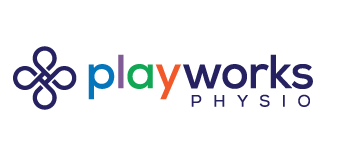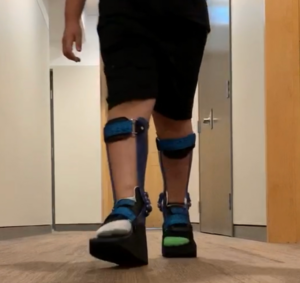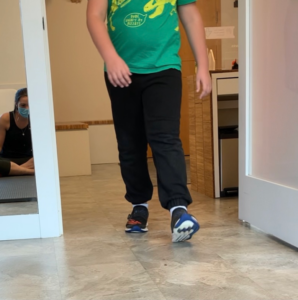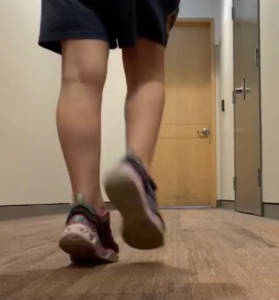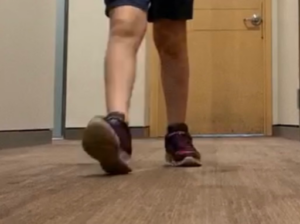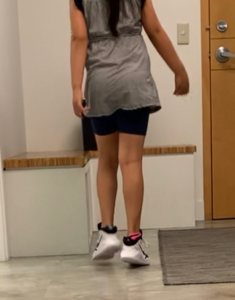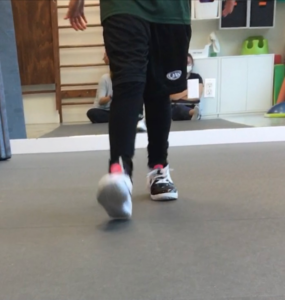What is Developmental Coordination Disorder?
Developmental Coordination Disorder (DCD) is a motor skill disorder that affects roughly 5-6% of school aged kids (5 years and up), with boys being affected at a 2:1 ratio to girls. DCD is commonly described as kids who show awkward, clumsy movements in their day to day.
Often parents or teachers will notice the child having a hard time keeping up with their peers, having difficulty doing tasks that involve one or more movements and/or are delayed in gross motor skills such as jumping, skipping and ball skills. Kiddos with DCD have difficulty planning out tasks, they know what they want to achieve, but they struggle to find the map to get there.
Common tasks parents notice these children may find difficulty with are as follows:
- Bike riding: some parents may notice that they can peddle on the bike once on, but they lack the planning to stop, and get off the bike smoothly.
- Skipping: arguably one of the most difficult tasks for kids to learn, they have a difficult time skipping as it takes coordination of the arms and legs at the same time.
- Shuffling: these may be seen during activities such as team sports and warm ups, a difficult.
- Ball skills: kids may have difficulty catching and throwing balls with accuracy.
How can Paediatric Physiotherapists help with DCD?
We can help by giving REPETITIVE PRACTICE! As adults, we know we get better with practice, often these kids need blocked practice to improve a skill. We can help by identifying a specific goal, give them strategies on how to get there and work on each component of that skill. We give repetitive practice to allow these kids to build that road map from point A to point B.
We can also perform a movement screening (The Movement ABC), to help determine if your child appears to have a coordination disorder. Book your assessment here.
Things that can help at home:
- HEAVY PLAY! Fill up a toy shopping cart and push it, pulling a sibling on a bed sheet etc, these tasks help turn on muscles that are often limited.
- Give them a plan: If your kid forgets to put on their socks every time before they put on their boots- put a picture of a sock by their boots so they have a visual of what they need to do.
- Encourage your little one to remain active, whether it’s individual sports, team sports or another activity they choose. These kids can often become discouraged if sports don’t look the same for them as they do for their peers, encourage them to stay active and have fun!
If you have any questions, or concerns that your child may have a coordination disorder, we can help! Click here to book your assessment.
Written By: Darrien Cantelo, Physiotherapist
